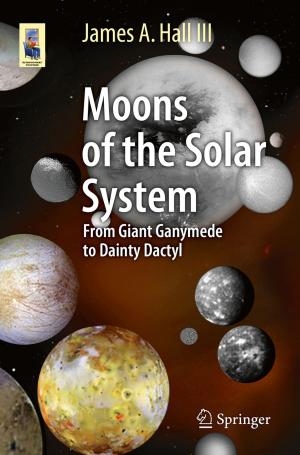Analysis of Quantised Vortex Tangle
Nonfiction, Science & Nature, Mathematics, Topology, Science, Physics, Mathematical Physics| Author: | Alexander John Taylor | ISBN: | 9783319485560 |
| Publisher: | Springer International Publishing | Publication: | November 24, 2016 |
| Imprint: | Springer | Language: | English |
| Author: | Alexander John Taylor |
| ISBN: | 9783319485560 |
| Publisher: | Springer International Publishing |
| Publication: | November 24, 2016 |
| Imprint: | Springer |
| Language: | English |
In this thesis, the author develops numerical techniques for tracking and characterising the convoluted nodal lines in three-dimensional space, analysing their geometry on the small scale, as well as their global fractality and topological complexity---including knotting---on the large scale. The work is highly visual, and illustrated with many beautiful diagrams revealing this unanticipated aspect of the physics of waves. Linear superpositions of waves create interference patterns, which means in some places they strengthen one another, while in others they completely cancel each other out. This latter phenomenon occurs on 'vortex lines' in three dimensions. In general wave superpositions modelling e.g. chaotic cavity modes, these vortex lines form dense tangles that have never been visualised on the large scale before, and cannot be analysed mathematically by any known techniques.
In this thesis, the author develops numerical techniques for tracking and characterising the convoluted nodal lines in three-dimensional space, analysing their geometry on the small scale, as well as their global fractality and topological complexity---including knotting---on the large scale. The work is highly visual, and illustrated with many beautiful diagrams revealing this unanticipated aspect of the physics of waves. Linear superpositions of waves create interference patterns, which means in some places they strengthen one another, while in others they completely cancel each other out. This latter phenomenon occurs on 'vortex lines' in three dimensions. In general wave superpositions modelling e.g. chaotic cavity modes, these vortex lines form dense tangles that have never been visualised on the large scale before, and cannot be analysed mathematically by any known techniques.















